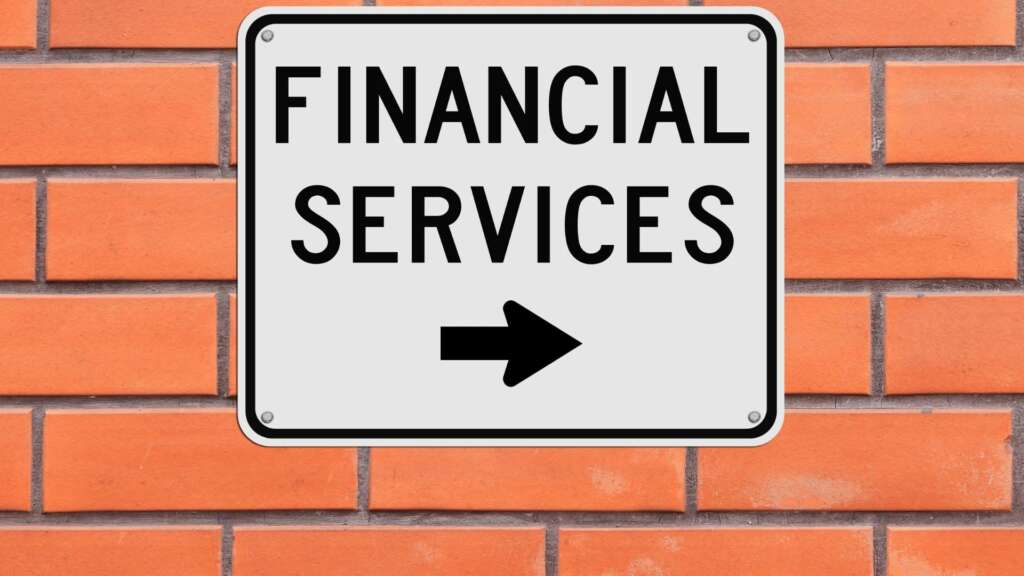
Financial services include a wide variety of services offered by the financial industry, ranging from credit cards to insurance companies. Most financial services are provided by a company or organization known as a financial institution or a bank.
The financial institutions to provide financial products, such as savings accounts, CDs, credit cards, and other forms of borrowing and lending. The interest rates on these financial products can vary based on many factors, such as the age of the borrower, their income and the current status of their credit. Many people use their credit cards to purchase things that they could not afford otherwise. These items can sometimes add up to huge debt.
There are many factors that go into determining how much the interest rate is applied to the loan, as well as the type of collateral that is put up to secure it. A secured loan is one in which the bank or financial institution takes possession of some form of asset, such as a home, car, or another type of property. The risk for the bank in this situation is that if the borrower fails to make the payments on the loan, they may lose the asset and have to pay the bank the full amount owed.
There are many other types of loans and lines of credit that can be used by people, such as business credit, home equity loans, consumer credit, payday loans, and cash advances. The interest rate will also depend on how much the person is willing to pay back each month.
Different types of mortgages are available, such as adjustable rate mortgages (ARM), fixed rate mortgages (FRM), and FHA loans. When someone applies for a mortgage, the bank will consider the risk of defaulting on the mortgage. The bank will then charge a higher interest rate to cover its risk, or give the borrower a lower interest rate if they default. Many people prefer to buy a house with a fixed rate of interest.
An adjustable rate mortgage allows the borrower to adjust the interest rate at any time. This is often the case when the value of the property is expected to rise. Adjustable rate mortgages come in two types, the fixed rate and the floating rate.
In addition to variable rate mortgages, there are also the fixed rate and a type of loan known as an adjustable rate mortgage. {ARM]. Fixed rate loans are more flexible than those that are adjustable, as they are tied to a specific interest rate of interest, rather than an index, and are also less flexible than the adjustable rate loans. {FRM and FHA. The FHA is one type of adjustable rate mortgage.
The United States government has a regulatory body that governs the financial industry, called the Financial Services Authority. This agency regulates the activities of most financial institutions. It sets policies and procedures for banks and other financial institutions to ensure that they provide safe and fair financial services, protect consumers from scams, and ensure that the interests of the banks and financial institutions are protected.
Another thing that the government is responsible for is consumer protection. There are a number of agencies that provide consumer protection to individuals and companies in the financial services industry. These agencies include the Federal Deposit Insurance Corporation (FDIC), the Office of Thrift Supervision (OTC), the National Credit Union Administration (NCUA), and the Federal Reserve System.
There are also special commissions that are in place for a variety of financial services-related issues, which are controlled by the Federal Trade Commission. These include financial fraud. Each of these bodies has various enforcement authorities and regulatory requirements that are designed to protect consumers and investors in the financial services industry.
Another body that regulates the financial industry is the Federal Reserve Board. They set monetary policy and interest rates for a variety of purposes. These include regulating the level of currency in circulation, determining the value of the U.S. dollar, the amount of money in circulation, the amount of reserves needed to back the banking system, and regulating the size of financial institutions.
One of the major parts of government regulation that is usually overlooked is education. There are a variety of federal government agencies that regulate educational institutions. These include the Department of Education, Department of Labor, Environmental Protection Agency, Occupational Safety and Health Administration, and the Federal Deposit Insurance Corporation.


